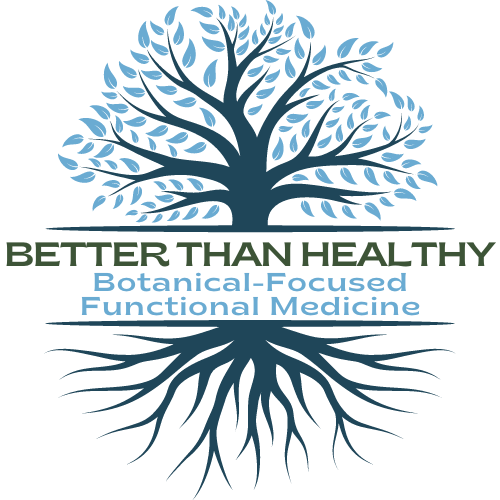We live in exciting times! It used to be that the most exciting thing one could hope for in the produce aisle of the grocery store was fresh oranges or grapes. However, starting with the kiwifruit in the 1980’s, we have seen a revolution in our grocery stores, with an increasing variety of new foods and fruits available throughout the year and in many regions, including kumquats, dragon fruits, star fruits, goji berries, and açai.
Similarly, the accessibility of herbs and herbal medicines have followed the same trajectory. Not only are we adopting, seeing more research conducted about, and gaining availability to new fruits and foods that have healthful activities, but also we are also seeing more people turning to natural medicines that have long been used in traditional medicines for their healthful properties.
As it is often difficult to draw the line between food and medicine, I would like to introduce you to 3 powerful plants that are used for their medicinal properties and also used in foods. You may not have heard of them yet—but soon you will, as interest and research in these healthful plants is quickly mounting.
Holy Basil—Ocimum sanctum
The tea of enlightenment—Holy Basil is a type of basil that is not only used in foods and some cuisines, but also has a long history in India where its presence is known to inspire concentration and worship. It enhances meditation and is revered on a specific day when it is decorated for worship and given fireworks to celebrate its existence.
In Ayurvedic medicine (the traditional Indian medicine) it is referred to as tulsi, and it is a preeminent herb with many activities now being confirmed by science, such as its use to counter the effects of physical, chemical, metabolic and psychological stress. For example, it has been shown to protect organs and tissues against chemical stress and pollutants, and also from the stress of over-exertion and exposure to cold. Metabolically, it counters stress through normalizing blood sugar and lipid levels, and psychologically, it has been found to have anti-anxiety and anti-depressant effects. Holy basil is a true “adaptogen”—an herb that helps the body adapt to stress, something we are certainly not short on in our busy modern lives. Because of the mounting scientific confirmation of this very safe herb, it is projected to become more popular as a beverage, as well as in foods and cosmetics.
Preparation: the best way to use holy basil is simply as a tea. Holy basil dried leaves may be brewed alone, or in combination with other herbs—a popular combination being a heartfelt combination of holy basil with rose petals or hips.
Baobab—Adansonia digitata
This iconic tree of Africa produces a fruit that is quickly becoming the hot new superfruit in health food stores, as well as a nut oil that is found in new cosmetic products. The baobab fruit pulp is known to have an impressive nutritional profile, with exceptionally high dietary fiber content, and a rich source of vitamin C, antioxidants, calcium, potassium and magnesium. For this reason, it is becoming easy to find in nutritional bars which may help promote gut health, as well as being great for brain, muscle, and nerve function.
Preparation: The fruit can be peeled, sliced and cooked with an assortment of foods (like meats), the fruit pulp powder may be added to smoothies and yogurts, or look for it in assortment of functional foods that are hitting the market.
Ashwagandha—(Withania somnifera)
Often referred to as the “Indian ginseng”, Ashwaganda is another adaptogenic herb with a lot of mounting scientific evidence for its wide uses, including activities that are antimicrobial, anti-inflammatory, anti-tumor, anti-stress, and anti-diabetic. Additionally, it has been found to be neuroprotective, as well as cardioprotective, in other words, able to protect the cells and tissues of the brain, nervous, and cardiovascular systems. It also has a long history of use for helping to overcome insomnia.
Preparation: My favorite way to enjoy Ashwagandha is to mix the dried root powder with warm milk before bedtime. In Indian cuisine, it is often blended with honey or ghee to produce a seasoning called churna that is added to soups, stews and rice and vegetable dishes.
There you have it—a culinary herb, a superfood, and an exotic herbal medicine—all with powerful medicinal properties, long traditional uses, and also food uses. They may not be in your local grocery store yet, but don’t be surprised when they are!
Kerry Hughes


